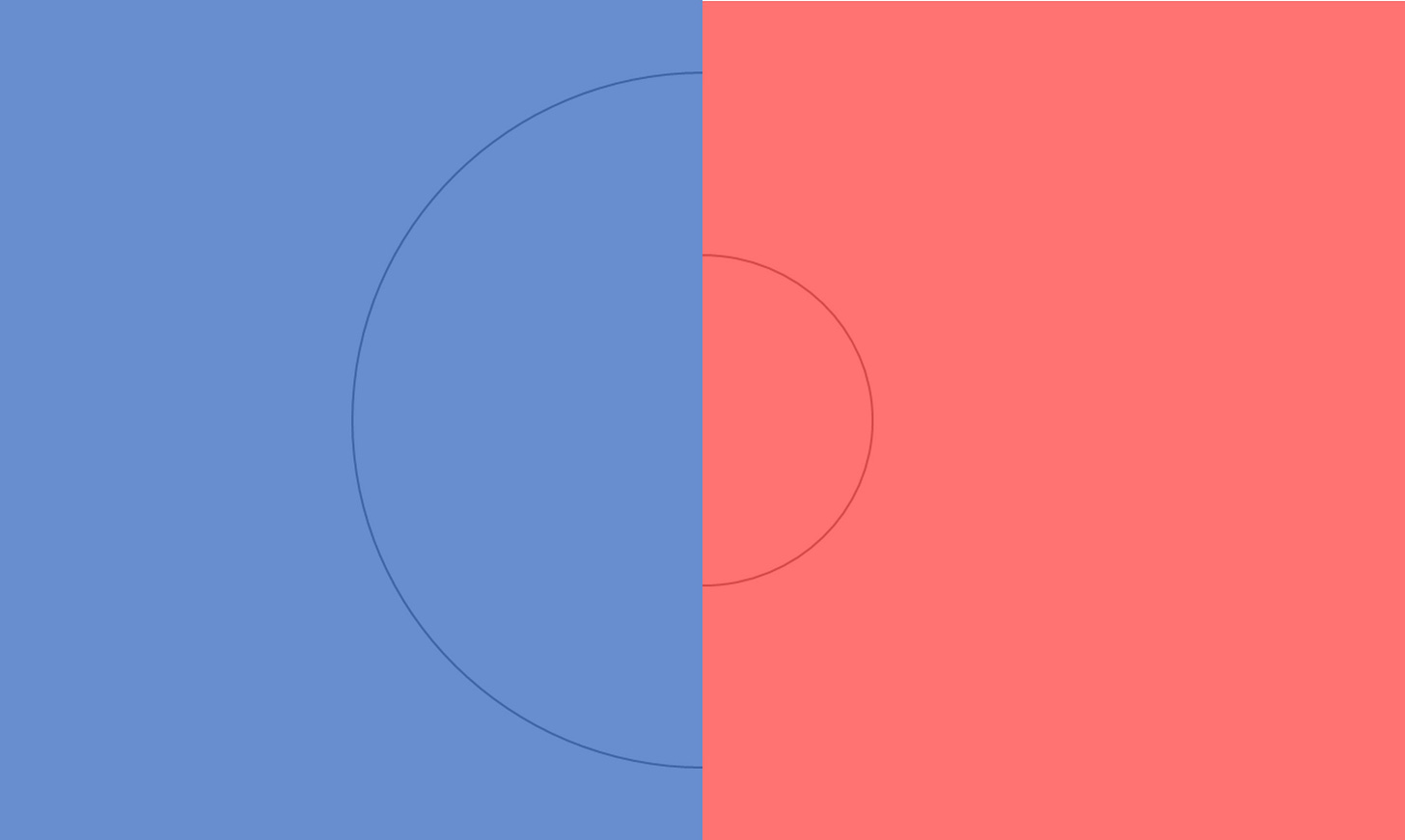Customer Attribute: Change Boundaries
“Conservatives don’t like change.” You’ve heard it a million times. But what does this mean? Given that every product promises some level of change in a customer’s life, we need to understand it better. How your products drive change and your business projects change is fundamental for aligning with one or both markets.
The Idea
How conservative and liberal customers think about change touches on other customer attributes covered here, including each group’s relationship to the future. In that discussion, the research demonstrates that the present is more acceptable to conservative customers than with liberal customers. As a result, liberal customers have an inherent desire to re-engineer the present to create a better future. This desire to re-engineer the present drives experimentation with new products, which may or may not work out.
While the present is more acceptable to conservative customers, that doesn’t mean they are against change. Change is processed differently. This is where the idea of change boundaries comes in. Liberal customers have broader change boundaries, while conservative customers have tighter ones. The edge of that boundary can be measured by a level of familiarity.
Conservative customers prefer the familiar, which includes products proven with broader adoption. Unfamiliar new products don’t resonate until they become familiar with more significant social proof. This includes seeing the product increasingly among friends, neighbors, colleagues, and within a broader conservative culture.
Successful new products eventually integrate into the present rather than representing an experiment for the future, making them more palatable for conservative customers. Think of newer, proven products developing a historical pattern, even if only in recent history, to become acceptable in the present to conservative customers. Unsuccessful new products simply disappear without conservative customers spending a lot of time considering them.
Liberal customers are more prone to dive into the unfamiliar, hoping to discover something new and interesting to help fix the present. Sometimes it works, and sometimes it doesn’t. Social proof is not as necessary for some liberal customers because experimentation in the present is endemic to their mindset. Social proof just confirms that the experiment is over. But, of course, all of this operates to varying degrees.
The Evidence
Let’s use research to ground this in something simple - grocery shopping. A team of researchers from the business schools at Ozyegin University, the University of Michigan, and New York University examined how conservative customers shop for different types of grocery brands. They found that conservative customers had “a systematic preference for established national brands (as opposed to their generic substitutes) and with a lower propensity to buy newly launched products.” National brands are more familiar and have a longer history - they are a more common element of the present, displaying social proof.
Two business researchers from Erasmus University in Rotterdam and Arizona State University explored the effects of social proof on conservative customers. They found that social proof had a more significant impact on conservative behavior than a desire for control. In other words, seeing a newer product being used by their friends or in their communities is more potent for inspiring purchase than an inherent conservative desire to minimize change. Familiarity with products overrides a conservative predisposition against change.
Application
As with other attributes, how your business thinks about change for conservative and liberal customers depends on your market and customer makeup. To increase growth and efficiency, the alignment of these attributes with your business, market, and customers matters. There is no right or wrong approach to change; it just needs to be driven by your identified market.
For example, amplifying social proof would be a good strategy for growing business if your customers skew conservative. You can accomplish this in several different ways, including social media and using local conservative influencers, such as radio talk show hosts. You can also proactively build up a content library of conservative customers willing to talk about your products.
For conservative markets, you might design a network effect into your product to enhance social proof within a conservative community. You can also design your product and communications with familiarity in mind. This might involve making the product and communications more instantly relatable rather than introducing something dramatically new.
If your customers skew liberal, then focusing on something very different that represents some breakthrough may help. You can reflect this in product development and communications. You may orient your entire business toward imagining a better future for customers through innovation. Your brand can align with your market by having a vision for the future that is unique, different, and even experimental. If you go down this path, you need to ensure that your market skews strongly toward liberal customers, or you are making a strategic decision to focus on that segment to reduce competitive pressure.
Of course, you can also employ a mix of these strategies to appeal to a combination of customers. The point is to be intentional rather than assuming your efforts will have equal appeal. More often than not, customer and market worldviews are not considered in product, retail, or communications strategies, resulting in alignment that is more luck than strategy. Nevertheless, it’s a relatively simple exercise to evaluate alignment to drive greater efficiency and growth at a low cost.


